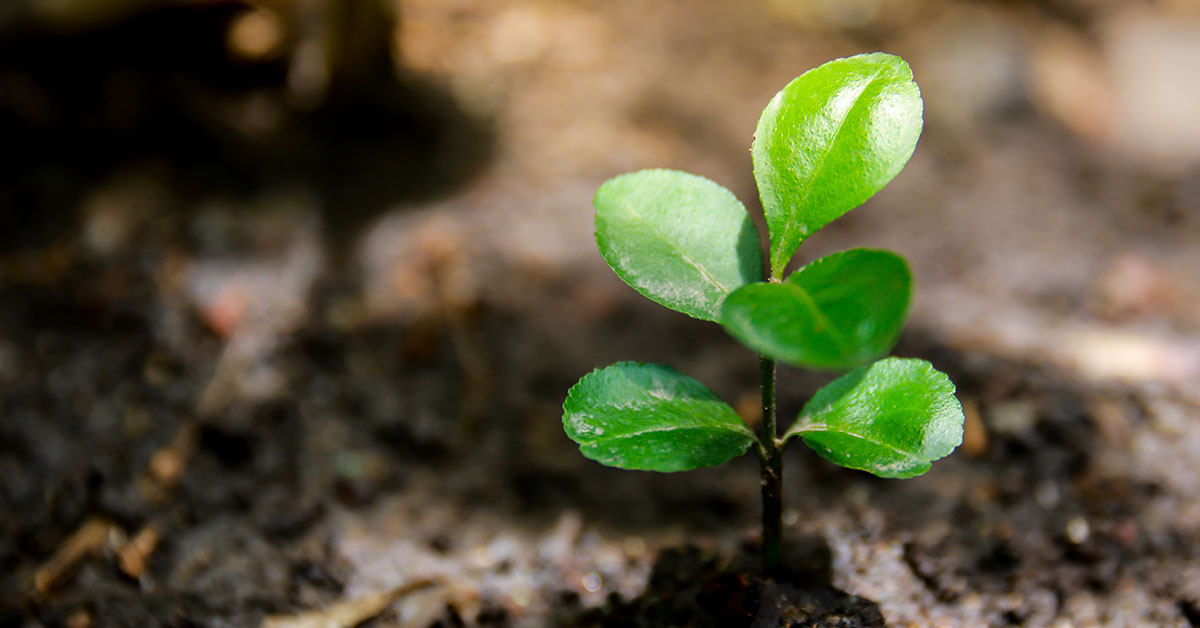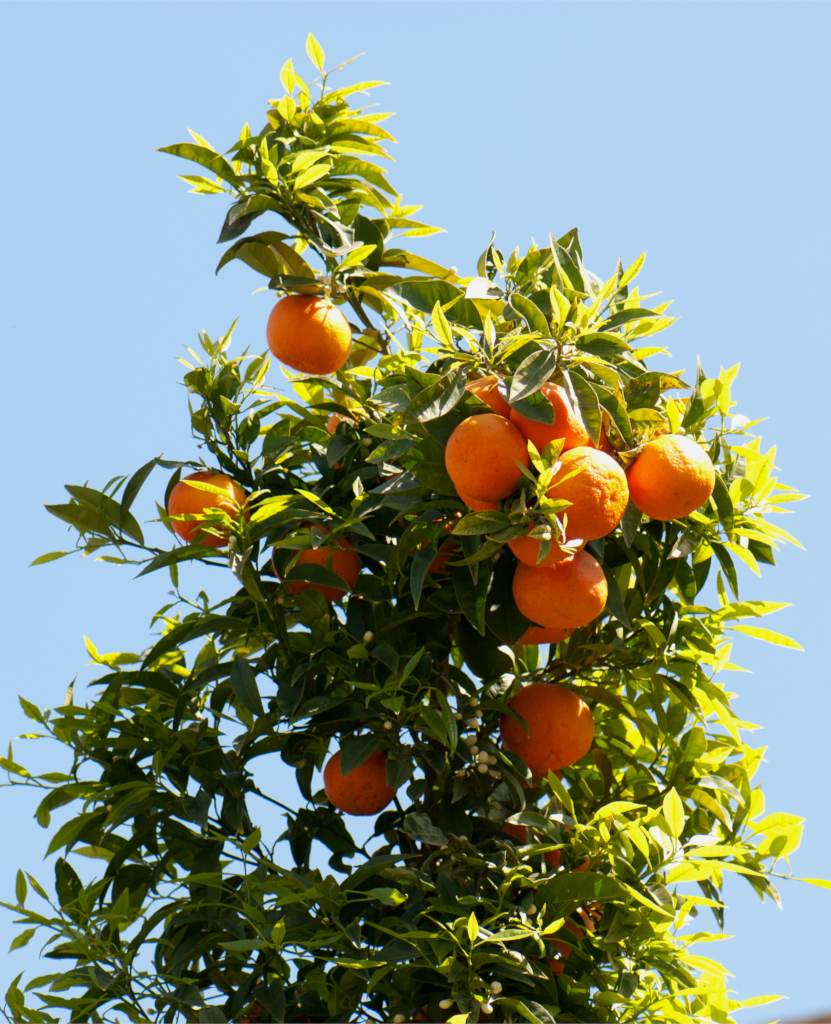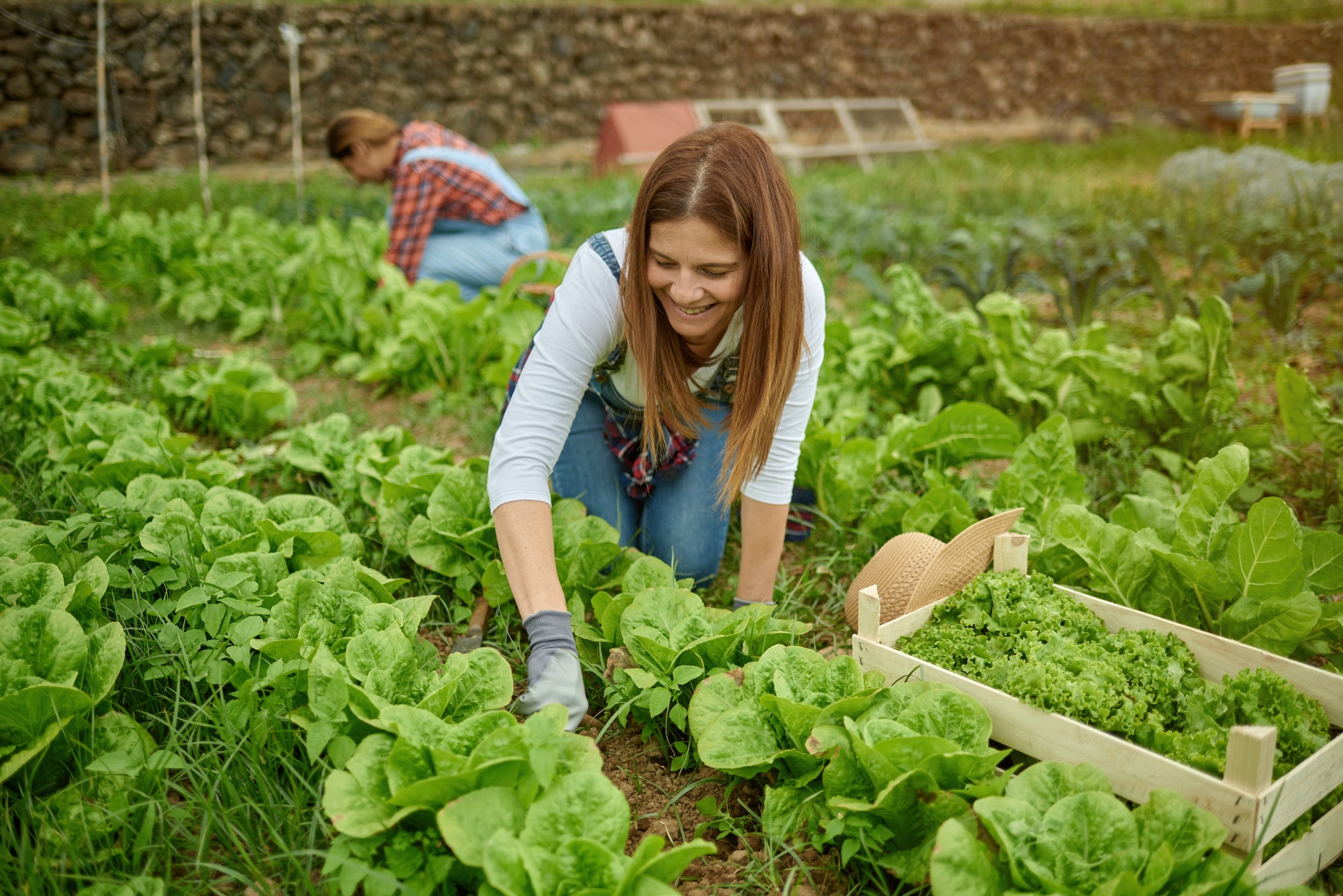Choosing the Perfect Orange Tree Variety for Your Climate
When it comes to planting an orange tree, selecting the right variety is crucial for its success. With numerous types of orange trees available, including dwarf, semi-dwarf, and standard varieties, it’s essential to choose one that thrives in your specific climate and region. Orange trees generally prefer full sun and well-draining soil, but some varieties are more tolerant of cooler temperatures or humidity than others.
For example, the ‘Valencia’ and ‘Navels’ varieties are popular choices for warm and dry climates, while the ‘Blood’ and ‘Cara Cara’ varieties are better suited for cooler and more humid regions. Dwarf and semi-dwarf varieties, such as the ‘Dwarf Washington’ and ‘Semi-Dwarf Valencia’, are ideal for smaller spaces or containers, making them perfect for urban gardens or indoor growing.
To determine the best variety for your area, consider factors such as temperature, humidity, and soil type. You can also consult with local nurseries or gardening experts to get recommendations on the most suitable orange tree varieties for your specific climate and region. By choosing the right variety, you’ll be well on your way to growing a healthy and thriving orange tree.
Additionally, when selecting an orange tree variety, consider factors such as fruit size, flavor, and juice content. Some varieties, like the ‘Valencia’, are known for their high juice content, making them ideal for juicing, while others, like the ‘Navels’, are better suited for eating fresh. By considering these factors, you can choose an orange tree variety that meets your specific needs and preferences.
Once you’ve selected the perfect variety, you can move on to preparing the ideal soil conditions for your orange tree. This will ensure that your tree receives the necessary nutrients and support to grow and thrive.
Obtaining a Healthy Orange Tree Sapling
Acquiring a healthy orange tree sapling is a critical step in the process of how to plant an orange tree. There are two primary options for obtaining an orange tree sapling: purchasing from a nursery or growing from seed. When purchasing from a nursery, it’s essential to select a reputable nursery that provides disease-free and pest-free saplings.
When selecting a sapling, look for trees with a well-developed root system, a straight trunk, and a balanced canopy. Avoid saplings with signs of disease, pests, or nutrient deficiencies. If you’re growing from seed, make sure to use fresh, high-quality seeds and follow proper germination and seedling care techniques.
Regardless of the method you choose, it’s crucial to select a sapling that is suitable for your climate and region. Some orange tree varieties are more tolerant of cooler temperatures or humidity than others, so make sure to choose a variety that is well-suited to your local conditions.
When purchasing a sapling, also consider the tree’s age and size. A one- to two-year-old sapling is ideal, as it will have a well-developed root system and be less prone to transplant shock. Avoid saplings that are too large, as they may be more difficult to handle and plant.
By obtaining a healthy orange tree sapling, you’ll be giving your tree the best chance of success. This is a critical step in the process of how to plant an orange tree, and it will pay off in the long run with a healthy, thriving tree.
Planting Your Orange Tree: A Step-by-Step Process
Now that you have obtained a healthy orange tree sapling, it’s time to plant it. Planting an orange tree requires careful attention to detail to ensure that the tree gets off to a strong start. Here’s a step-by-step guide on how to plant an orange tree:
Step 1: Dig the Hole – Dig a hole that is twice as wide and just as deep as the root ball of the sapling. If your soil is poorly draining, consider raising the bed by 6-8 inches to improve drainage.
Step 2: Handle the Roots – Gently remove the sapling from its container and inspect the roots. If the roots are wrapped in burlap, remove the burlap and any string or wire that may be holding it in place. If the roots are circling or growing out of the container, use a sharp knife or pruning saw to gently tease them apart.
Step 3: Plant the Sapling – Place the sapling in the hole, making sure that the graft union (if applicable) is at least 2 inches above the soil surface. Fill the hole with soil, tamping it down gently as you go to remove any air pockets. Make sure the soil level is the same as it was in the container.
Step 4: Water the Tree – Water the tree thoroughly after planting, and continue to keep the soil consistently moist during the first year after planting. This will help the tree establish a strong root system.
By following these steps, you’ll be able to give your orange tree the best chance of success. Remember to plant your tree in a location that receives full sun and has well-draining soil. With proper care and attention, your orange tree will thrive and provide you with delicious fruit for years to come.
Providing Essential Care for Your Newly Planted Orange Tree
After planting your orange tree, it’s essential to provide it with the right care to ensure it establishes a strong root system and grows into a healthy, productive tree. Proper watering, fertilization, and pruning are crucial for newly planted orange trees.
Watering: Water your orange tree regularly, especially during the first year after planting. Aim to provide about 1 inch of water per week, either from rain or irrigation. Avoid overwatering, which can lead to root rot and other problems.
Fertilization: Feed your orange tree with a balanced fertilizer (10-10-10) during the growing season (spring-fall). Follow the manufacturer’s instructions for application rates and timing. You can also add a citrus-specific fertilizer to promote healthy growth and fruit production.
Pruning: Prune your orange tree annually to maintain its shape, promote healthy growth, and encourage fruiting. Remove any dead, diseased, or damaged branches, and thin out the canopy to allow for good air circulation and sunlight penetration.
Pest and Disease Management: Keep an eye out for pests like aphids, whiteflies, and mealybugs, and diseases like root rot, leaf spot, and citrus canker. Use organic or integrated pest management (IPM) methods to control any issues that arise.
By providing your newly planted orange tree with the right care, you’ll be setting it up for success and ensuring a bountiful harvest of delicious oranges. Remember to monitor your tree’s progress regularly and adjust your care routine as needed.
Supporting Your Orange Tree’s Growth with Stakes and Irrigation
Young orange trees need support to grow upright and maintain their shape. Stakes can provide the necessary support, especially during the first year after planting. Here’s how to use stakes to support your orange tree:
Choose a sturdy stake that is about 6 feet tall and 1 inch in diameter. Drive the stake into the ground about 12 inches from the trunk of the tree, at an angle of about 45 degrees. Tie the tree to the stake using a soft material like twine or a tree tie. Make sure the tie is not too tight, as this can damage the tree’s bark.
In addition to stakes, a well-designed irrigation system can also support the growth of your orange tree. Here’s how to install an irrigation system:
Choose a drip irrigation system or a micro-sprinkler system, which delivers water directly to the roots of the tree. This type of system is more efficient than traditional sprinkler systems and can help reduce evaporation and runoff.
Install the irrigation system according to the manufacturer’s instructions. Make sure to place the emitters or micro-sprinklers about 12 inches from the trunk of the tree, and adjust the flow rate to deliver about 1 inch of water per week.
By providing your orange tree with the right support and irrigation, you’ll be helping it grow into a strong and healthy tree that will produce delicious oranges for years to come.
Common Challenges and Solutions for Orange Tree Planting
When planting an orange tree, you may encounter some common challenges that can affect the tree’s growth and productivity. Here are some of the most common issues and their solutions:
Root Bound: This occurs when the roots of the tree become constricted within the container, preventing them from growing outward. Solution: Gently remove the tree from the container and inspect the roots. If the roots are circling or growing out of the container, use a sharp knife or pruning saw to gently tease them apart.
Nutrient Deficiencies: Orange trees require a balanced diet of nutrients to grow and produce fruit. Solution: Fertilize your orange tree regularly, using a citrus-specific fertilizer that contains the necessary micronutrients.
Pest Infestations: Pests like aphids, whiteflies, and mealybugs can infest your orange tree, causing damage and reducing fruit production. Solution: Use organic or integrated pest management (IPM) methods to control pest infestations, such as introducing beneficial insects or using neem oil.
Diseases: Orange trees are susceptible to diseases like root rot, leaf spot, and citrus canker. Solution: Practice good sanitation and hygiene, such as removing infected leaves or branches, and using fungicides or bactericides as needed.
By being aware of these common challenges and taking steps to prevent or address them, you can help ensure the health and productivity of your orange tree.
Enjoying the Fruits of Your Labor: Harvesting and Caring for Your Mature Orange Tree
After years of careful nurturing, your orange tree has finally reached maturity and is producing delicious fruit. Here’s how to harvest and care for your mature orange tree:
Harvesting: Oranges are typically ready to harvest between October and June, depending on the variety. Check the fruit regularly for ripeness, as overripe fruit can drop from the tree. Use a gentle twisting motion to remove the fruit from the tree, taking care not to damage the stem or the tree’s branches.
Pruning: Prune your mature orange tree annually to maintain its shape, promote healthy growth, and encourage fruiting. Remove any dead, diseased, or damaged branches, and thin out the canopy to allow for good air circulation and sunlight penetration.
Fertilization: Continue to fertilize your mature orange tree regularly, using a citrus-specific fertilizer that contains the necessary micronutrients. Follow the manufacturer’s instructions for application rates and timing.
Pest Management: Keep an eye out for pests like aphids, whiteflies, and mealybugs, and diseases like root rot, leaf spot, and citrus canker. Use organic or integrated pest management (IPM) methods to control any issues that arise.
By following these tips, you’ll be able to enjoy the fruits of your labor and continue to cultivate a thriving orange tree for years to come.
Enjoying the Fruits of Your Labor: Harvesting and Caring for Your Mature Orange Tree
After years of careful nurturing, your orange tree has finally reached maturity and is producing delicious fruit. Here’s how to harvest and care for your mature orange tree:
Harvesting: Oranges are typically ready to harvest between October and June, depending on the variety. Check the fruit regularly for ripeness, as overripe fruit can drop from the tree. Use a gentle twisting motion to remove the fruit from the tree, taking care not to damage the stem or the tree’s branches.
Pruning: Prune your mature orange tree annually to maintain its shape, promote healthy growth, and encourage fruiting. Remove any dead, diseased, or damaged branches, and thin out the canopy to allow for good air circulation and sunlight penetration.
Fertilization: Continue to fertilize your mature orange tree regularly, using a citrus-specific fertilizer that contains the necessary micronutrients. Follow the manufacturer’s instructions for application rates and timing.
Pest Management: Keep an eye out for pests like aphids, whiteflies, and mealybugs, and diseases like root rot, leaf spot, and citrus canker. Use organic or integrated pest management (IPM) methods to control any issues that arise.
By following these tips, you’ll be able to enjoy the fruits of your labor and continue to cultivate a thriving orange tree for years to come. Remember to always follow proper safety precautions when handling and consuming oranges, and enjoy the many benefits of growing your own orange tree.









